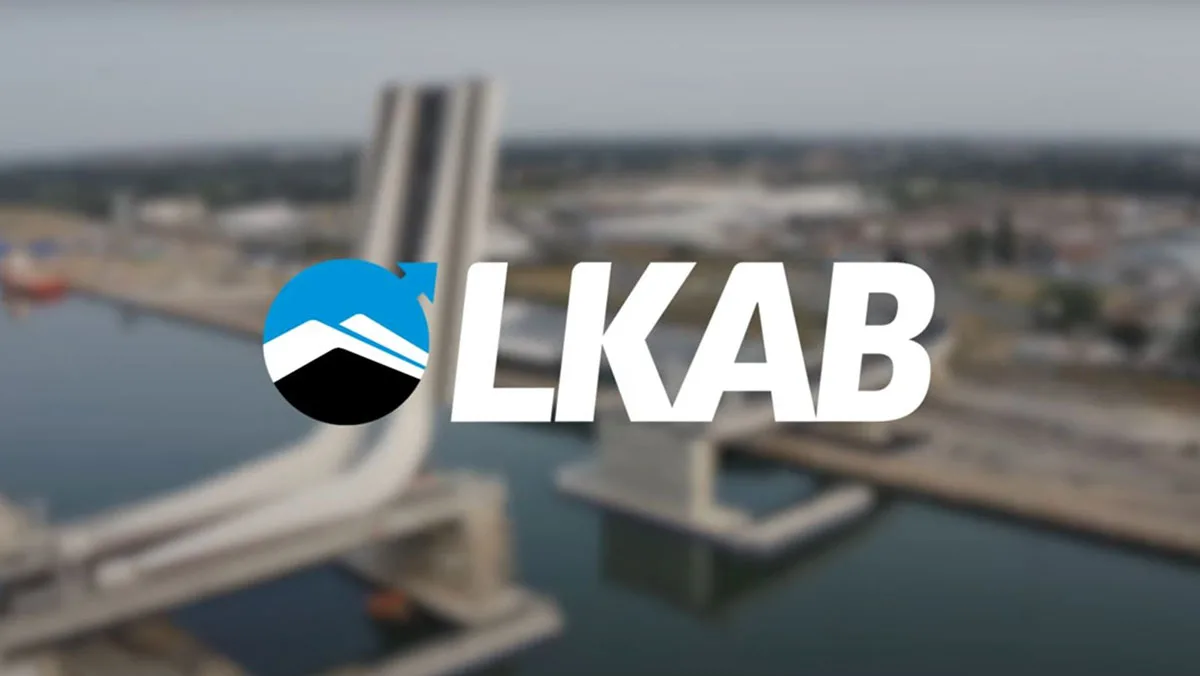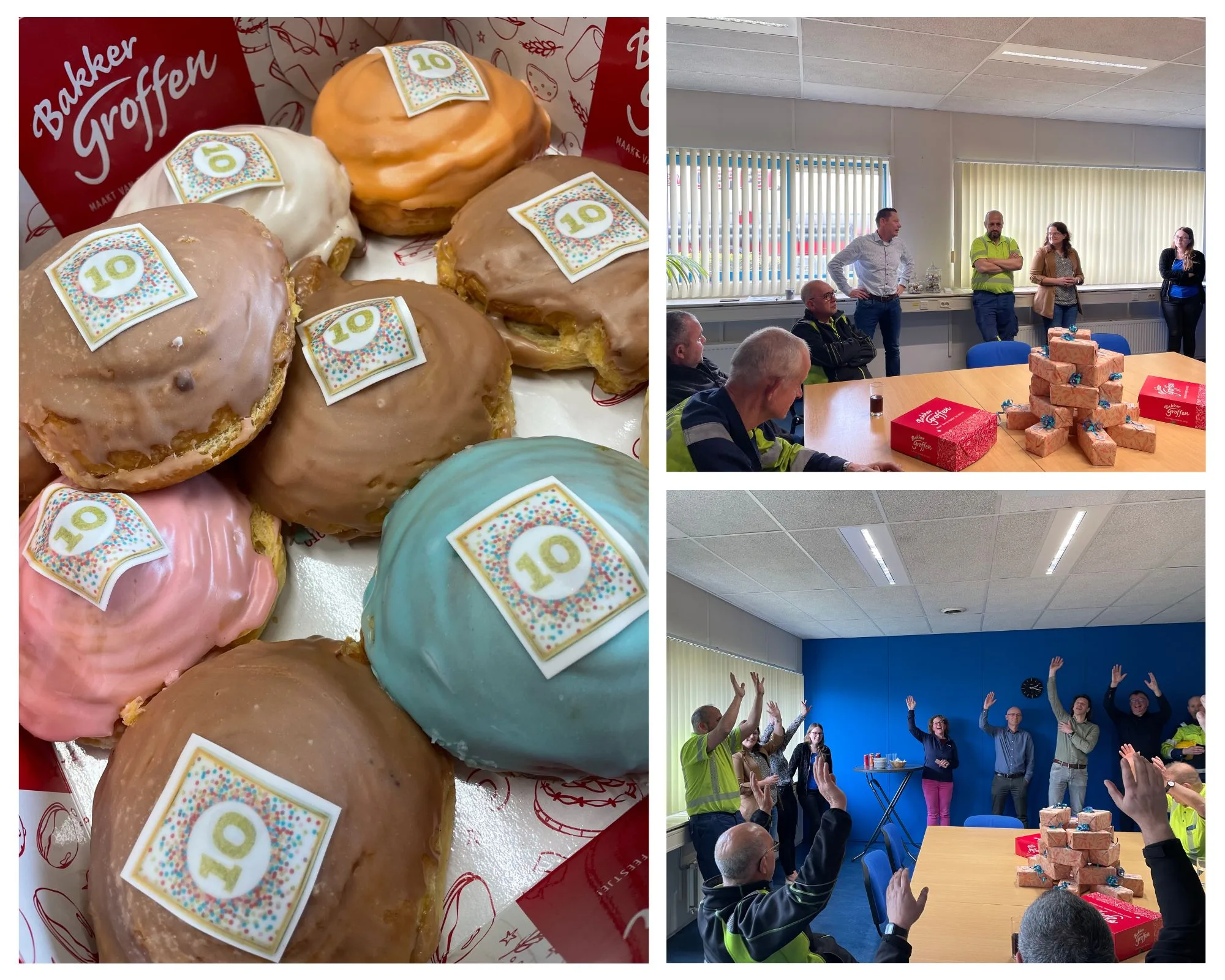Exploration confirms potential for producing mineral fertiliser and rare earth elements
A circular business model and value-added processing
LKAB plans to extract apatite concentrate from the residual products of iron ore mining and to further process that to phosphorus mineral fertiliser, and in the process also extract REE’s, fluorine and gypsum.
The phosphorus (P) content in LKAB’s ores is relatively low, up to 0.6 %. However, the total volume is significant and can increase Europe’s self-sufficiency with 50 %. Additionally, LKAB can become Europe’s first Rare Earth Elements (REE’s) producer and supply up to 30 % of the need.
“We don’t have to operate a dedicated mine; that is the strength of the circular business model where we get the phosphorus and rare earth elements as a bonus from the iron ore mining. But it requires innovative processing and value-added beneficiation to take steps forward in the value chain” Leif Boström explains.
2,319 million tonnes of mineral resources
In the classification of a mining company’s deposits, mineral resources are assigned an initial value with a lower level of confidence. Through further drilling, technical, and financial studies, the mineral resources can then be upgraded to mineral reserves, i.e., when we know that the mineralisation is possible to mine, or as in this case, to be beneficiated, with profit. LKAB’s total mineral resources amount to 2,319 million tonnes (Mt) (1,407 Mt in Kiruna at 0.75 % P and 912 Mt in Malmberget at 0.6 % P).
The exploration results confirm that while LKAB mines iron ore, there is a potential to produce phosphorus from the ongoing production.
Rare Earth Elements for electric vehicles and wind turbines
Rare Earth Elements (REE’s) will be included in the exploration results from next year. In LKAB’s ores the REE’s are bound to the apatite, alike the phosphorous. REE’s always occur together and are all found in LKAB’s ores. REE demand is foremost driven by the demand of powerful permanent magnets used in electric vehicles and wind turbines, where as an example Praseodymium and Neodymium is used. These, and Dysprosium, are expected to be the most valuable rare earth elements in LKAB’s ores.
Facts about LKAB’s planned extraction of critical minerals
- In the first step, the mine waste is processed to an Apatite concentrate, in direct connection to the iron ore mining and benefaction in Kiruna and Malmberget.
- The apatite concentrate is further processed to phosphorus and rare earth elements at a green-field Industrial Park in the Swedish coastal town of Luleå or Skellefteå (localisation study underway)
- Production is expected to start in 2027.
- The Apatite is dissolved with hydrochloric acid to create a pure phosphorus product and separate REE’s and fluorine products. Phosphorus is then processed with ammonia to a mineral (phosphate) fertiliser.
- The use of hydrogen and electrification of processes means that the entire process will be almost CO2-free and can save up to 700, 000 tonnes of CO2-emissions compared with technologies used today.
- LKAB can become a significant producer of critical minerals for agriculture and environmental technology:
- 5 times Sweden’s demand for phosphorus mineral fertiliser
- 30 % of Europe’s need of rare earth elements
- All of Sweden’s need of gypsum
- Today, Europe is largely import-dependent for many critical raw materials and minerals that are economically important, and where there are risks associated with the security of supply:
- Imported Phosphorous can contain high levels of cadmium that can cause osteoporosis.
- Phosphorus is mainly imported from Morocco, where a large portion of the production is in the disputed area of Western Sahara, and another large share is imported from Russia.
- Rare Earth Element import originate up 98 % from China.
Contact person:
- David Högnelid, Chief Strategy Officer, Business Area Special Products
- Phone: +46 (0)920 381 72
- E-mail: david.hognelid@lkab.com




